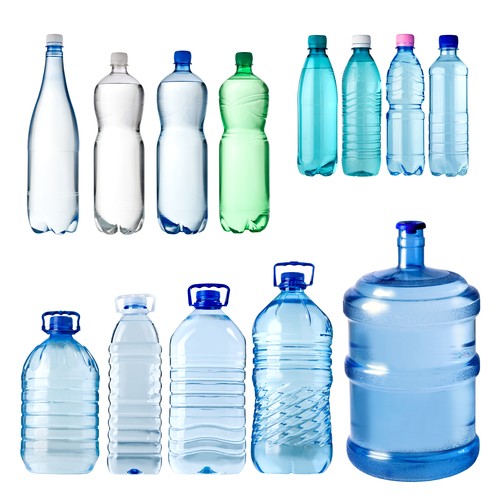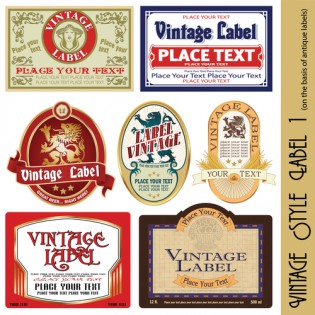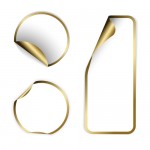The space you provide for the label artwork and the cost you are ready to bear per label is dependent upon the size of custom labels. The difficult part, however, is to get accurate measure of a container or bottle, in order to fit the label seamlessly. Any form of disorientation can make the entire packaging look ordinary, which is not good for the brand value. Here’s a stepwise guide to get the perfectcontainer label size by precisely measuring different kinds of bottles.
Measuring round bottles
These types of bottles are mainly used as wine, beer or water container, and its dimension can be measured in two steps:
- Flip over the bottle upside down and hold it in upright position. Use a flat ruler to measure the base from one side to the other. This will be your diameter.
- To get the required width of your label, multiply the obtained diameter by 3.14 to obtain the round circumference. You can also use a measuring tape for determining the label width.
Take a quarter or 1/8th of an inch from the width, as that will help you in leaving some space between the label ends, when applying the craft label print. This way you avoid the chances of overlapping the two ends, which may not look very professional.
Measuring square or rectangular flat bottles
These are basically plastic or tin containers meant for storage of edible and non-edible items.
- Choose the side on which you are looking to place the label. With the help of a flat ruler, measure the length and width of the container.
- You can trim down the dimensions to a label size that according to you is viable for the purpose. A couple of inches short on length and width of the container is ideal for a label slate.
- If you are looking to cover one of the faces entirely, make sure to cut back at least a quarter of inch from the measurement.
Measuring bottles with a taper or a unique contour
Tapered or uniquely shaped bottles are the most difficult to gauge. In order or check whether the design of your bottle is asymmetrical, take an index ruler and position it next to the bottle’s edge. Even if there is a little space between the edge of the container and the flat ruler, the shape is tapered.
Such sort of bottles requires advanced measuring tools, or else you may end up with an inappropriately sized label. Shrink sleeve labels are a good choice when you are looking to deal with unevenly shaped containers, since they possess all-round coverage graphics and can adjust to all sorts of shapes and designs. Not only does it provides a long-lasting impression, but also enhances the visual appeal of your product’s packaging design.
At Cut Sheet Labels, we make sure that your labeling needs are met with millimeter precision. You can send one of the sample bottles to our customer care center, and we’ll be glad to assist you in getting the right measurement for your labels.







